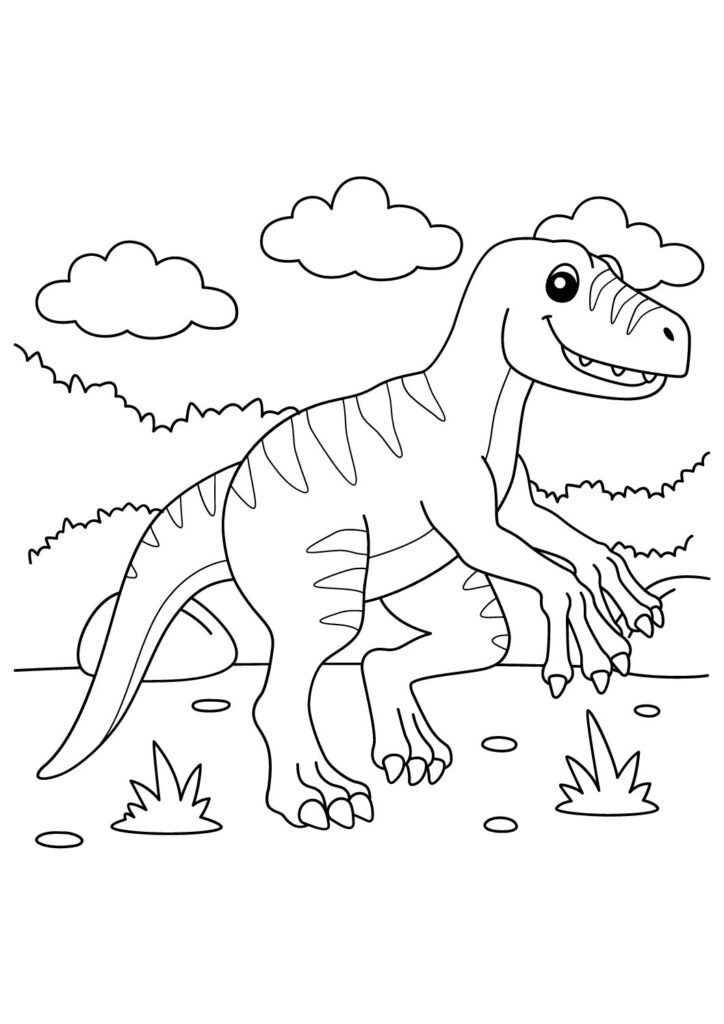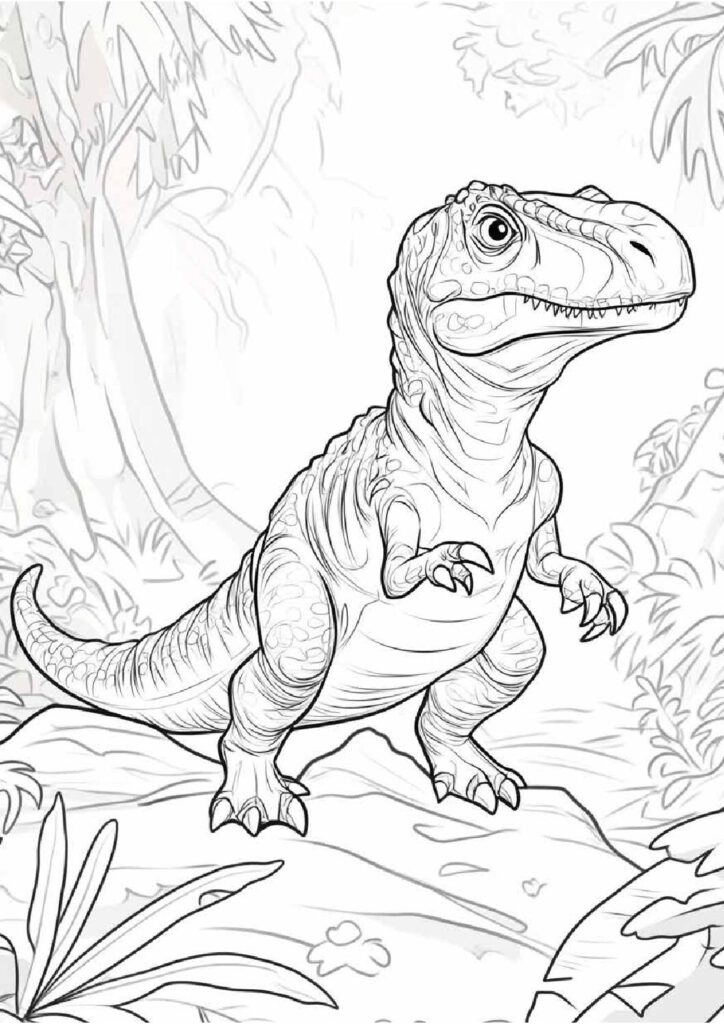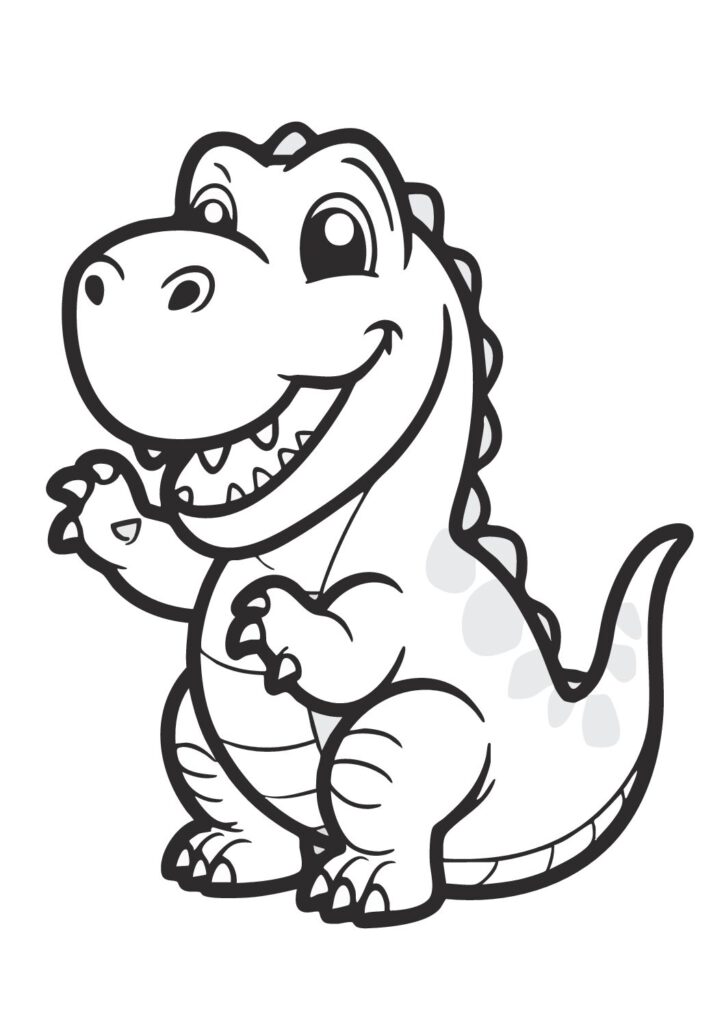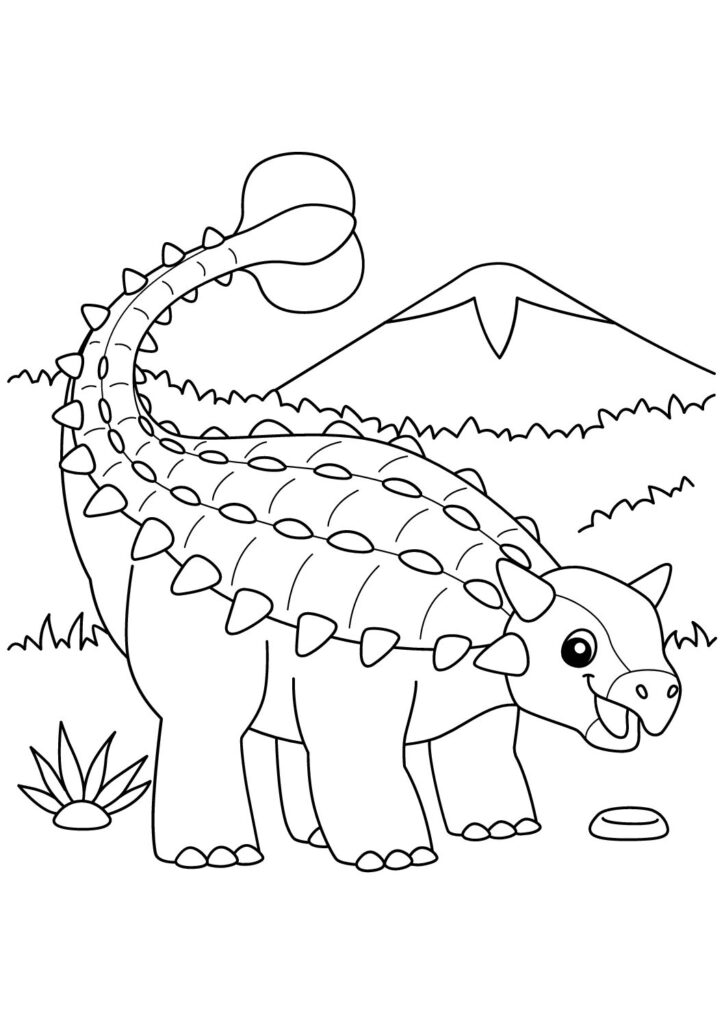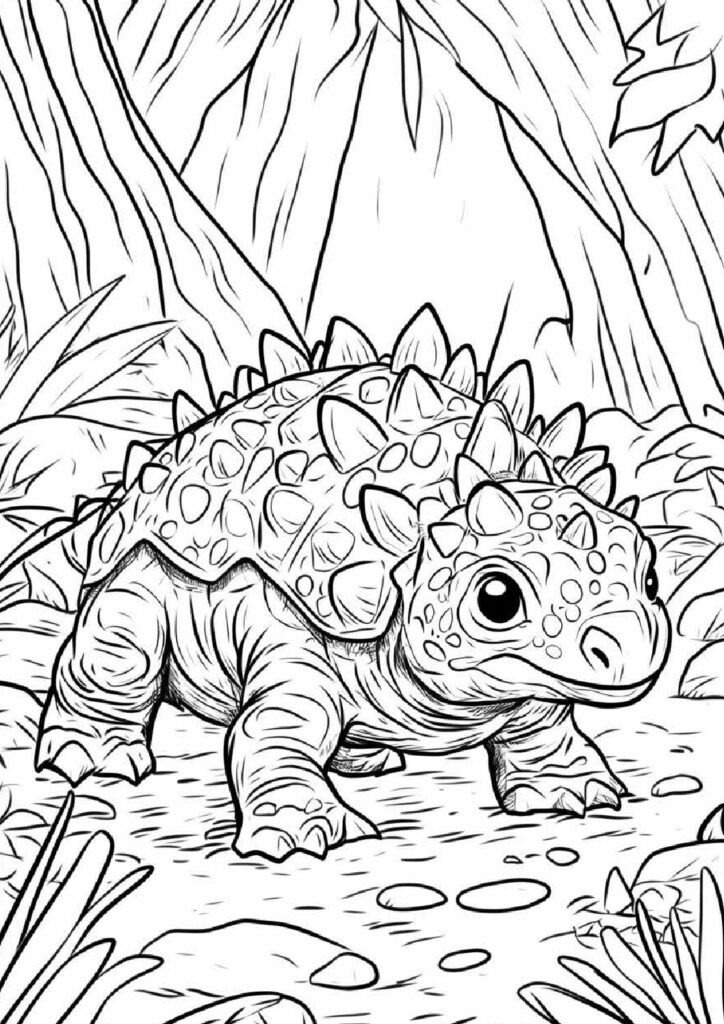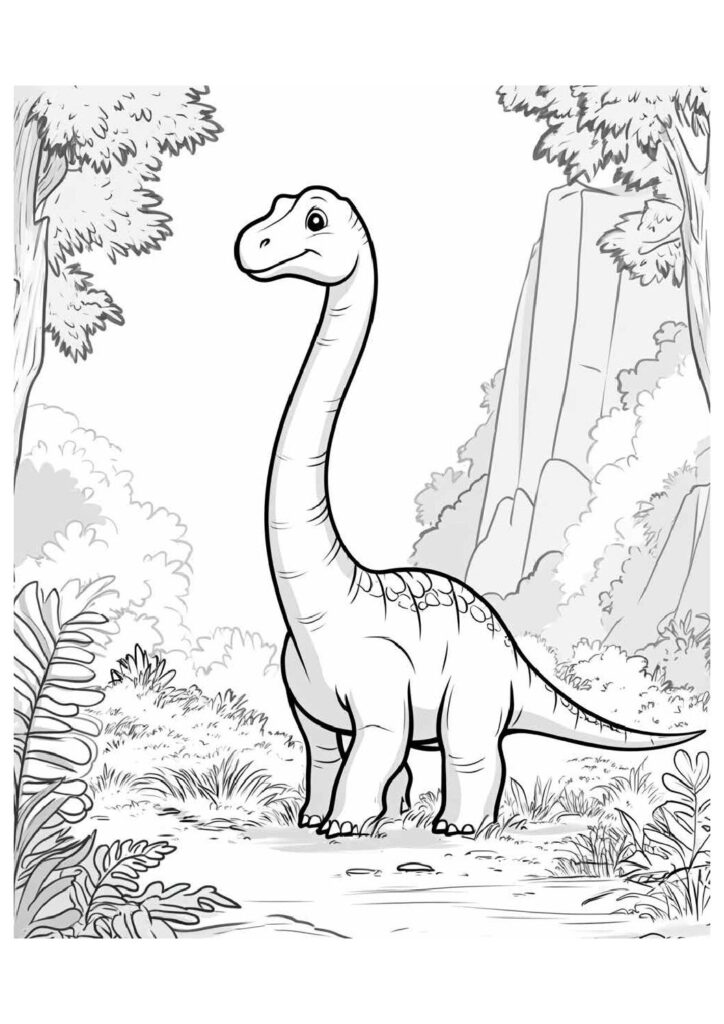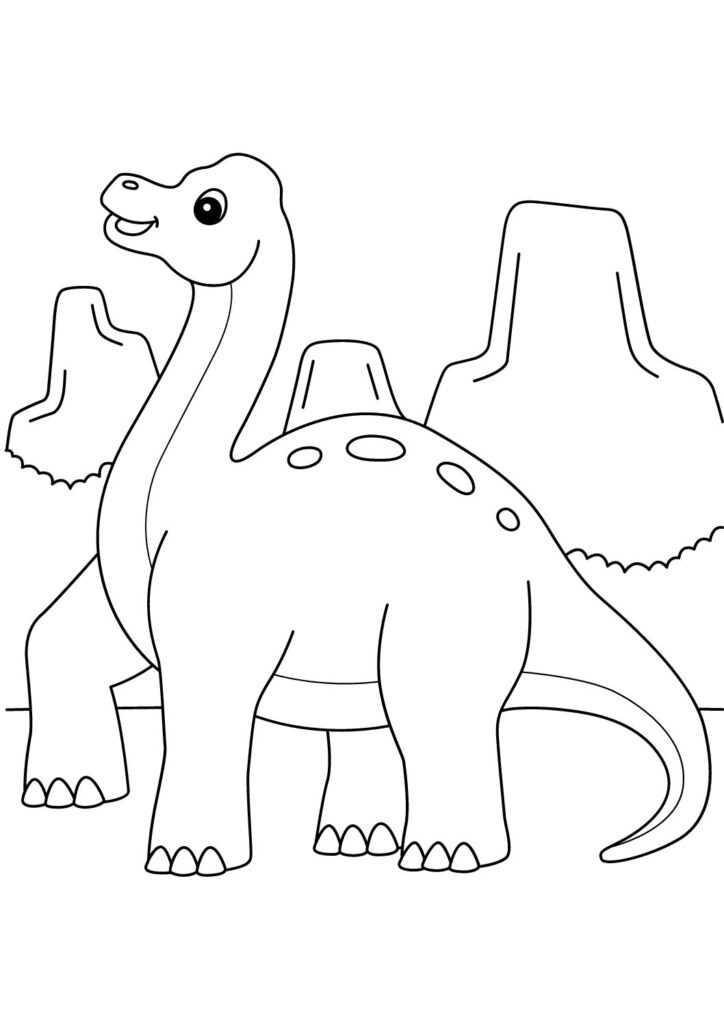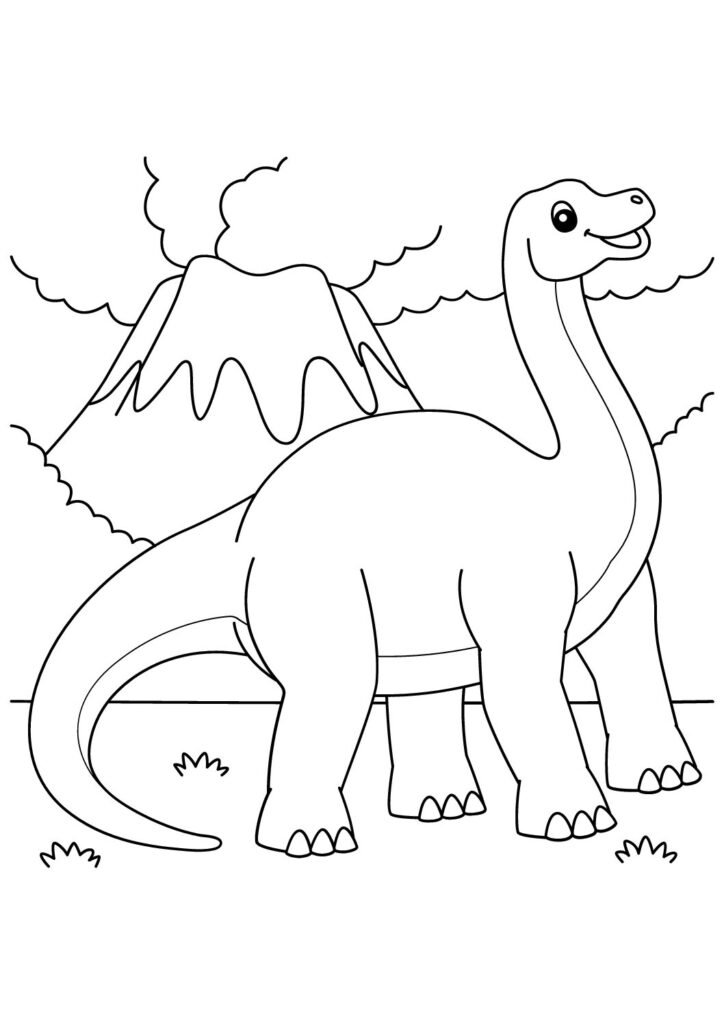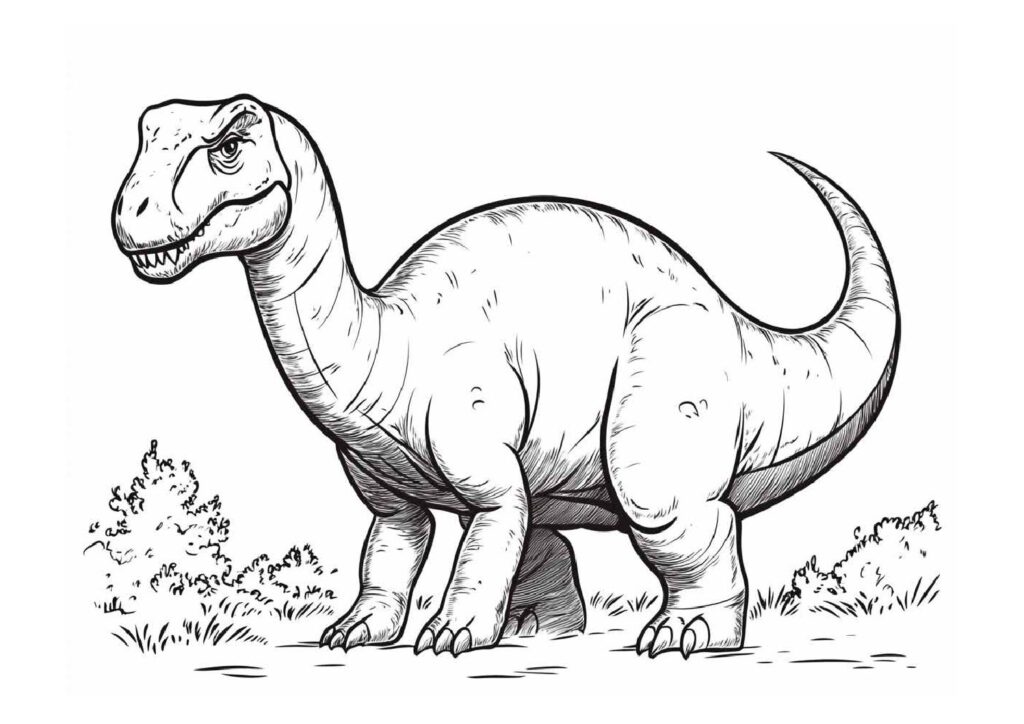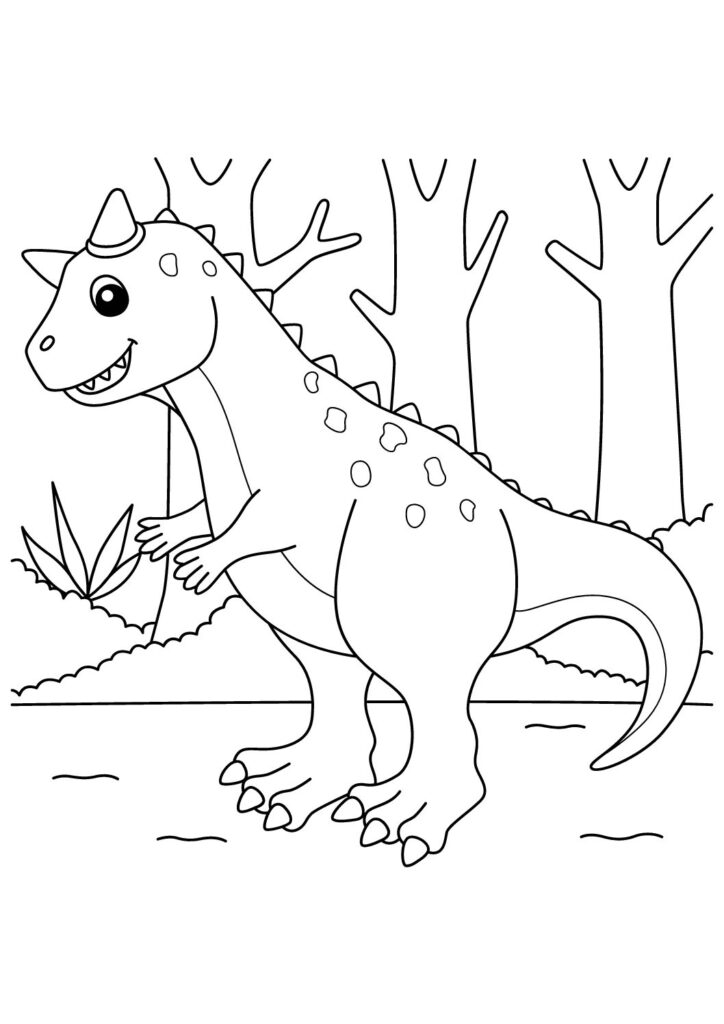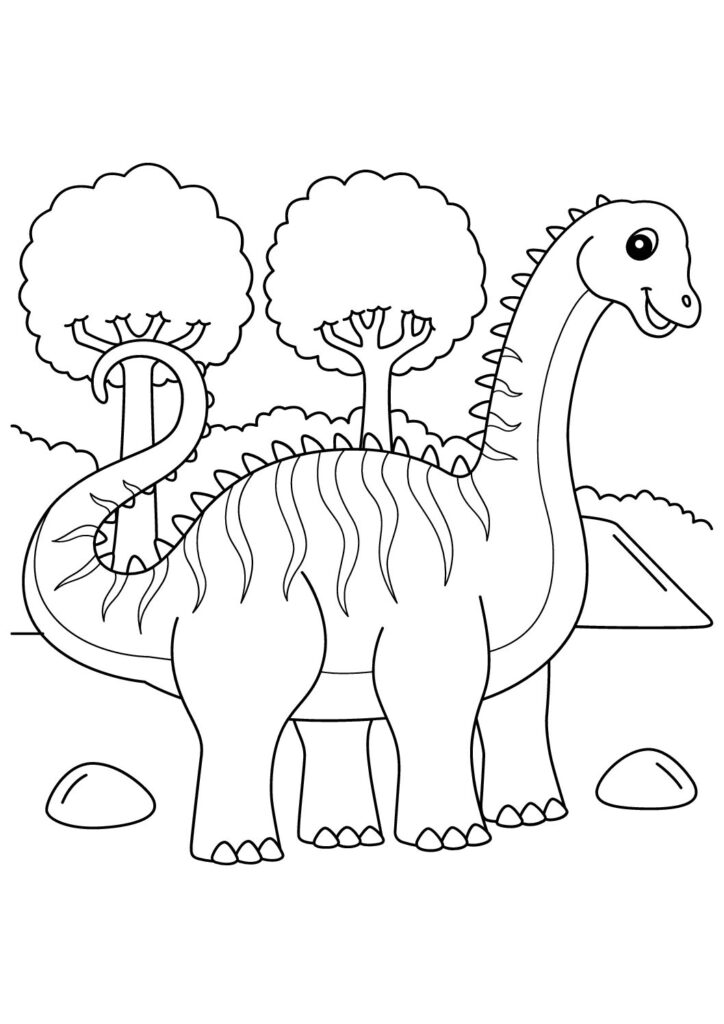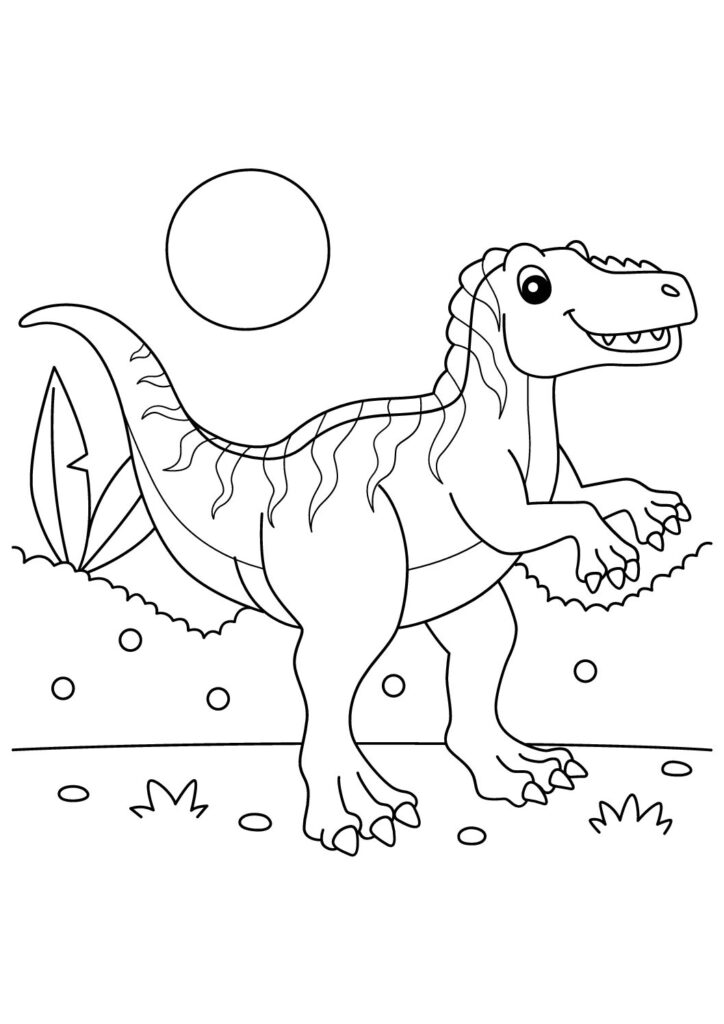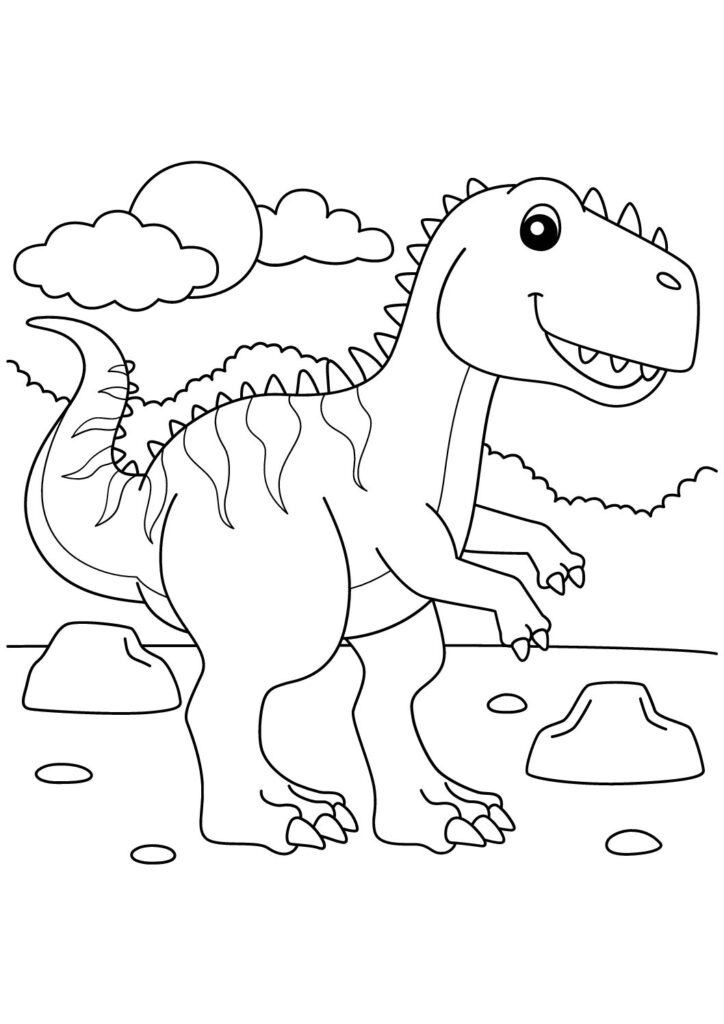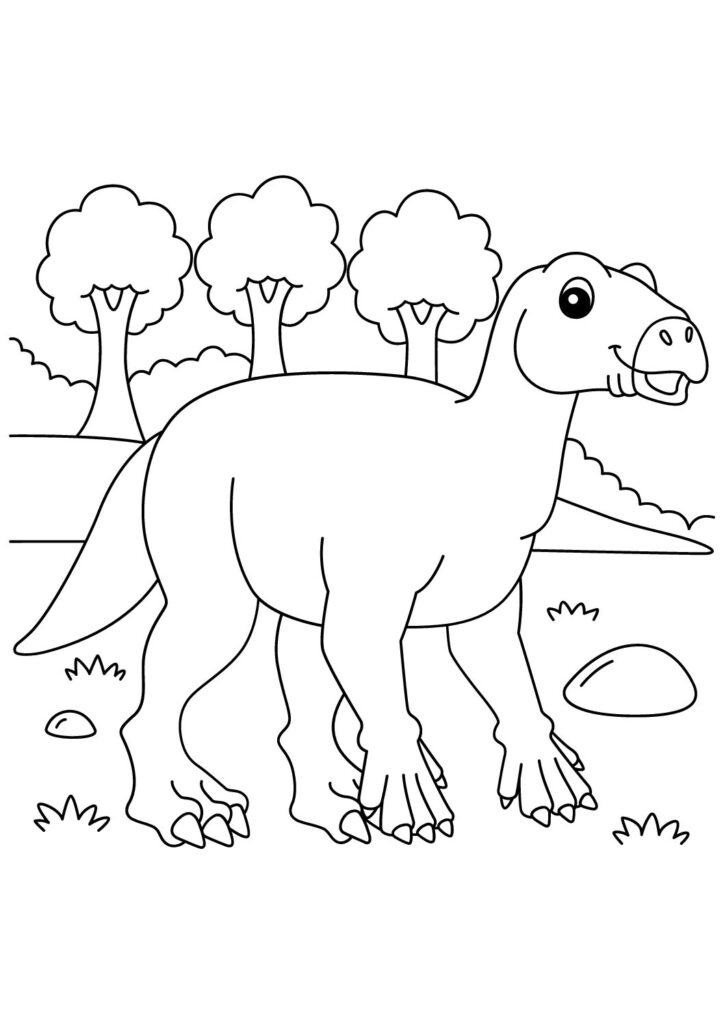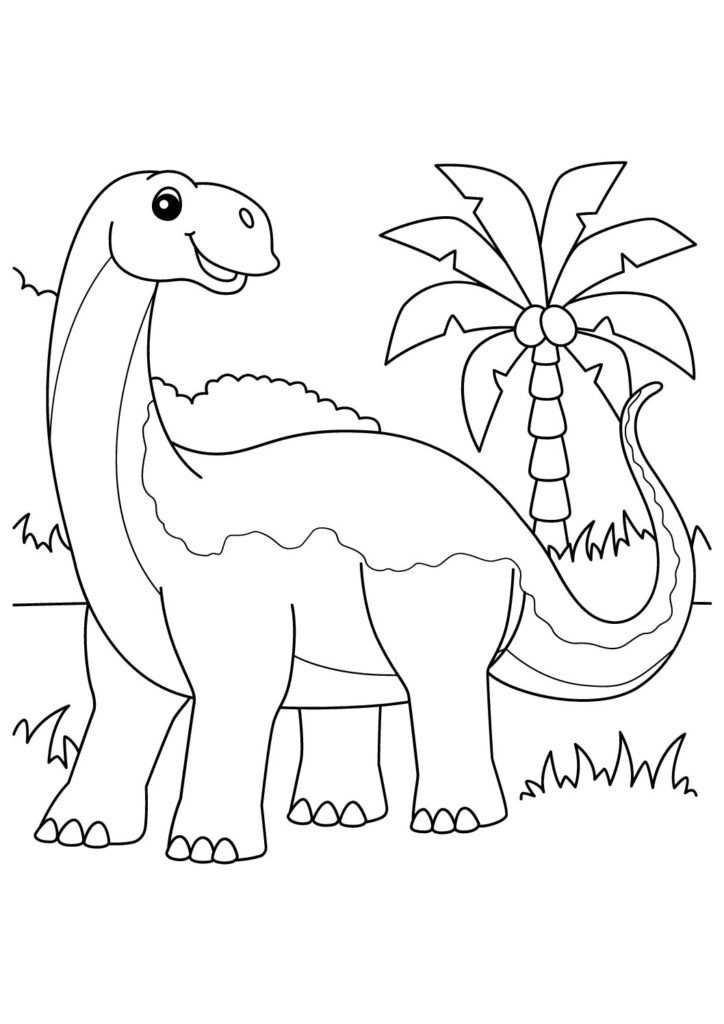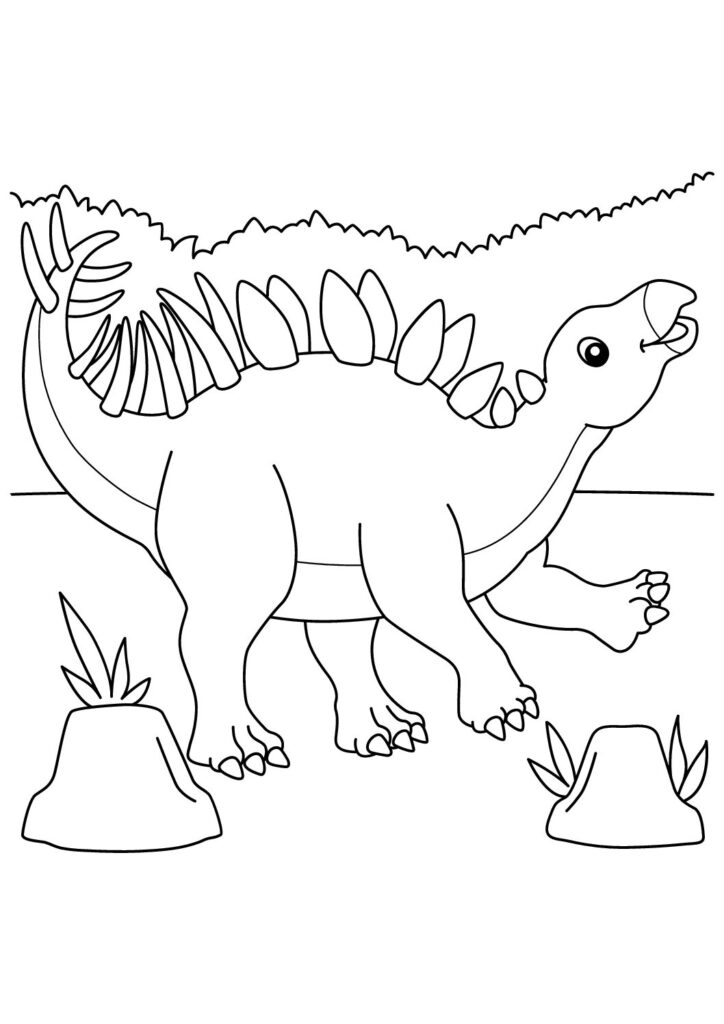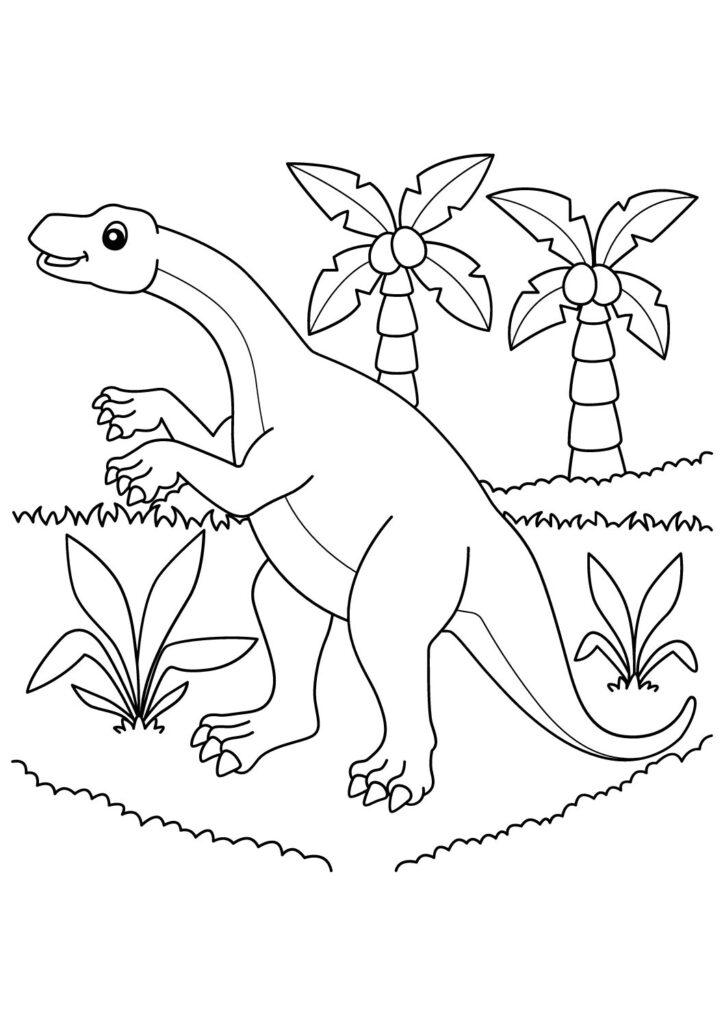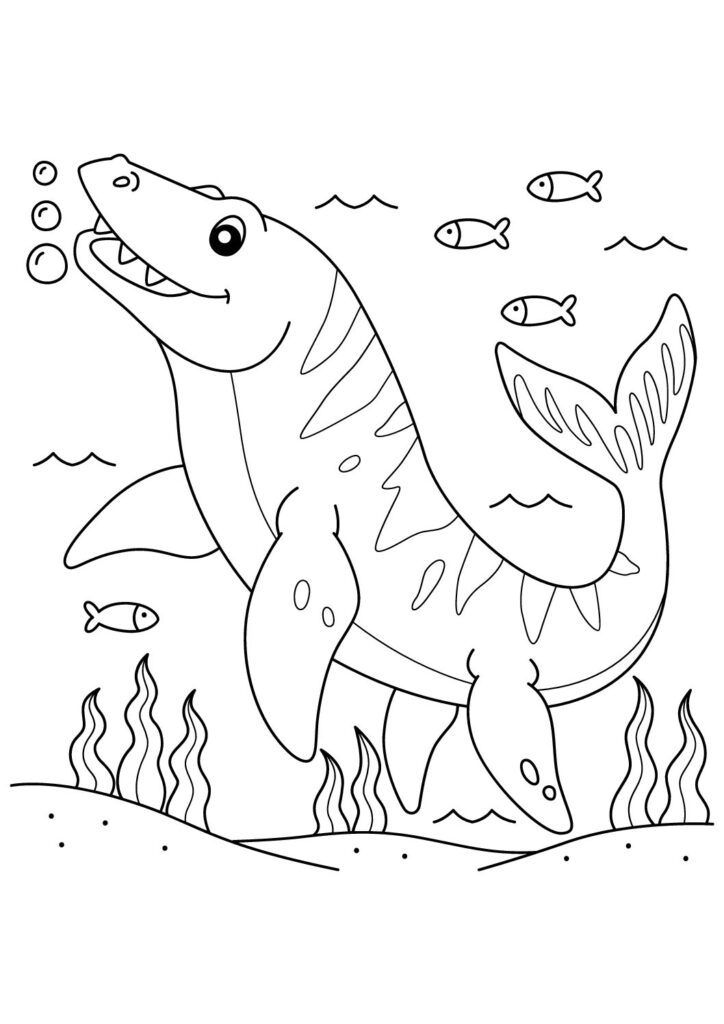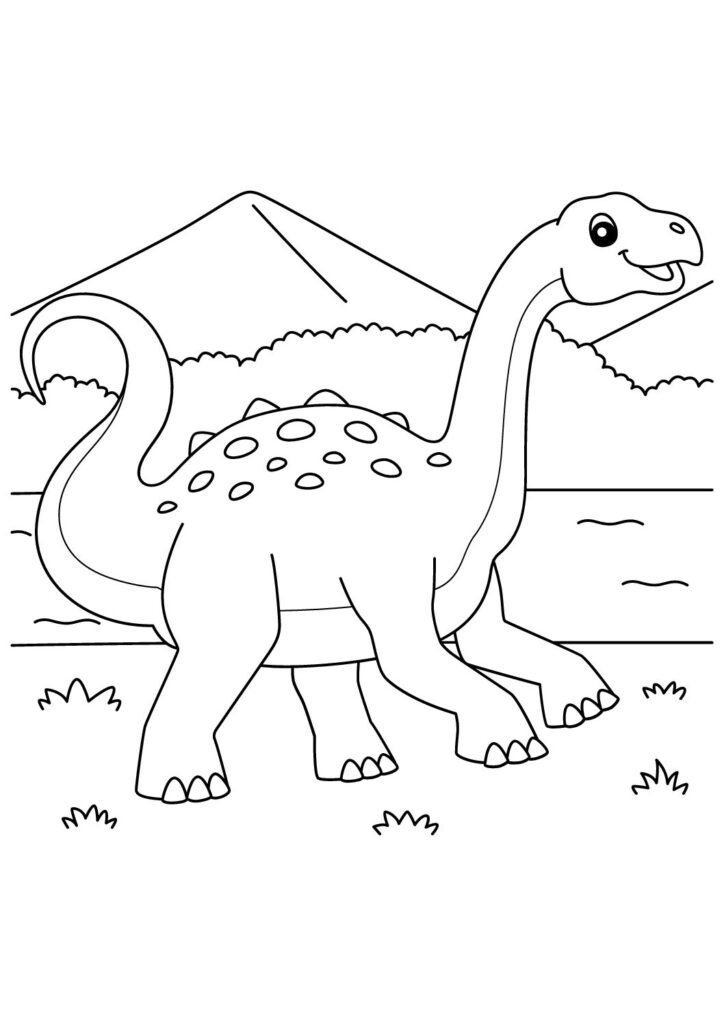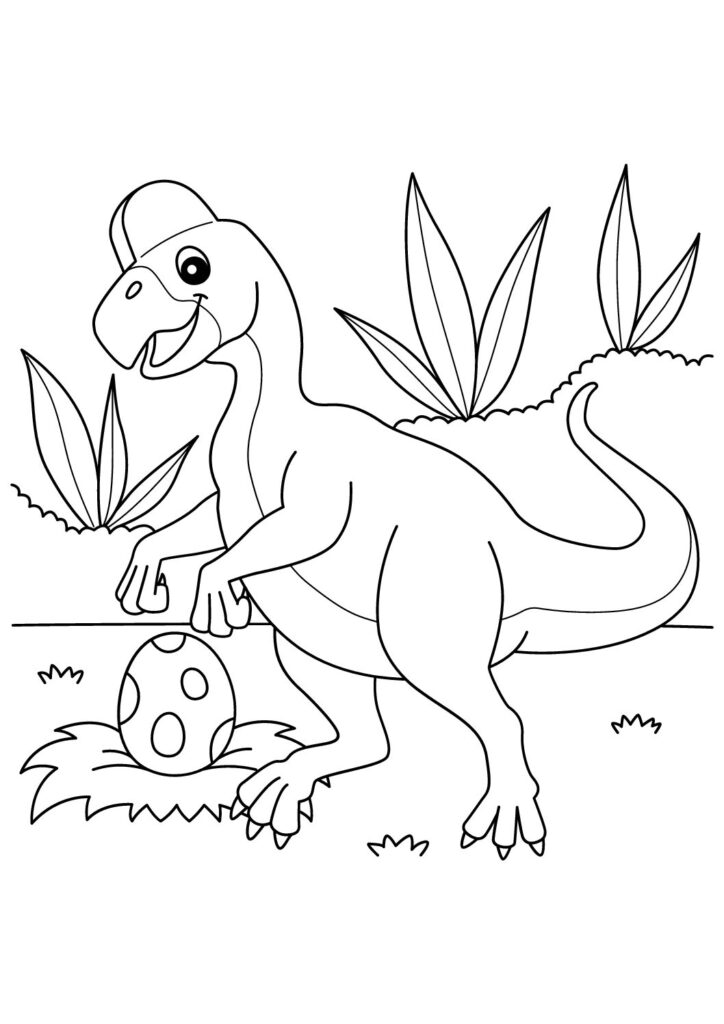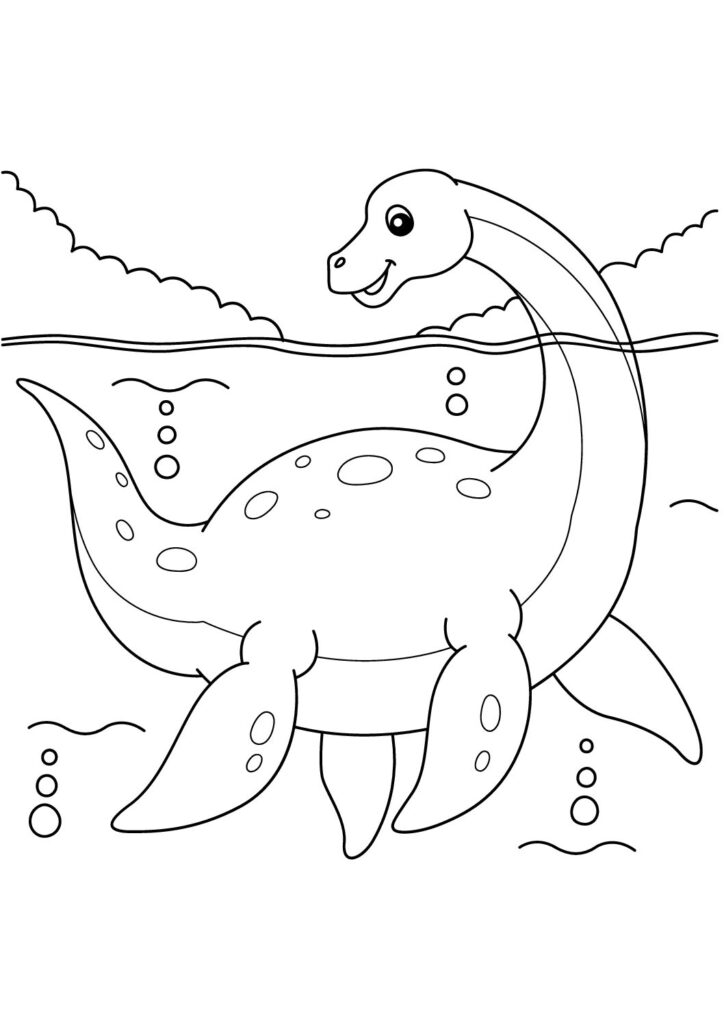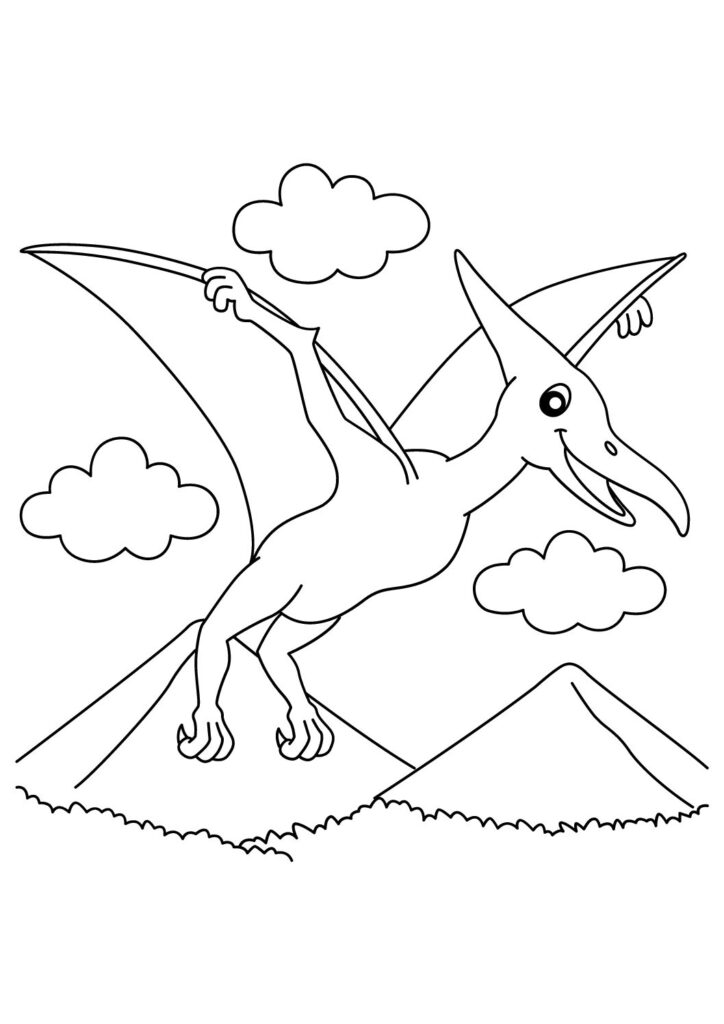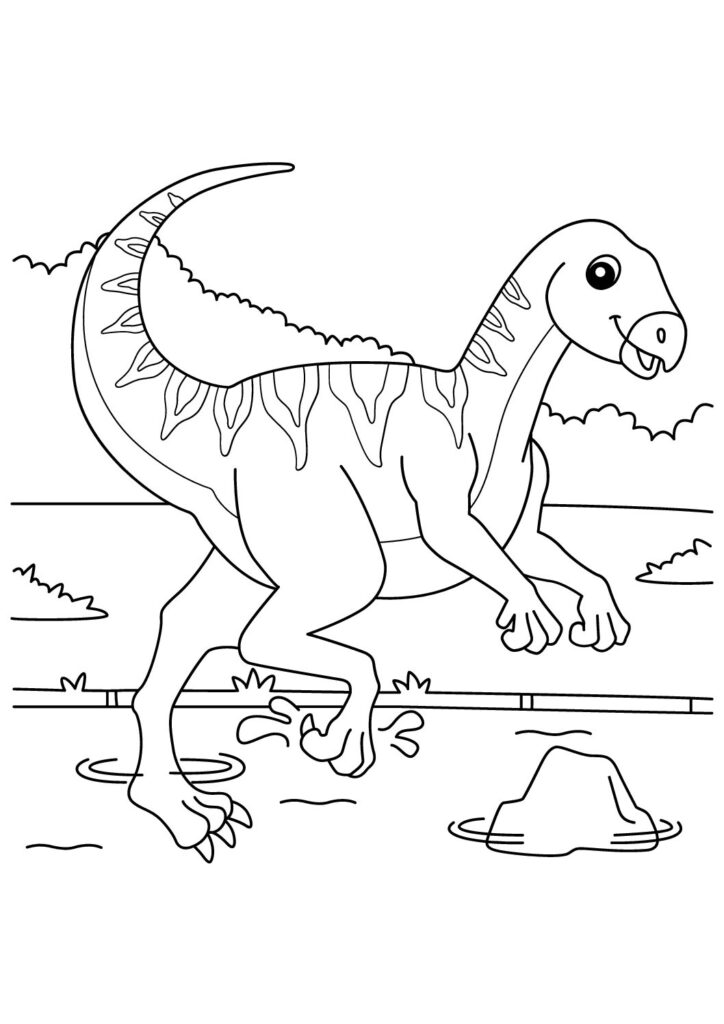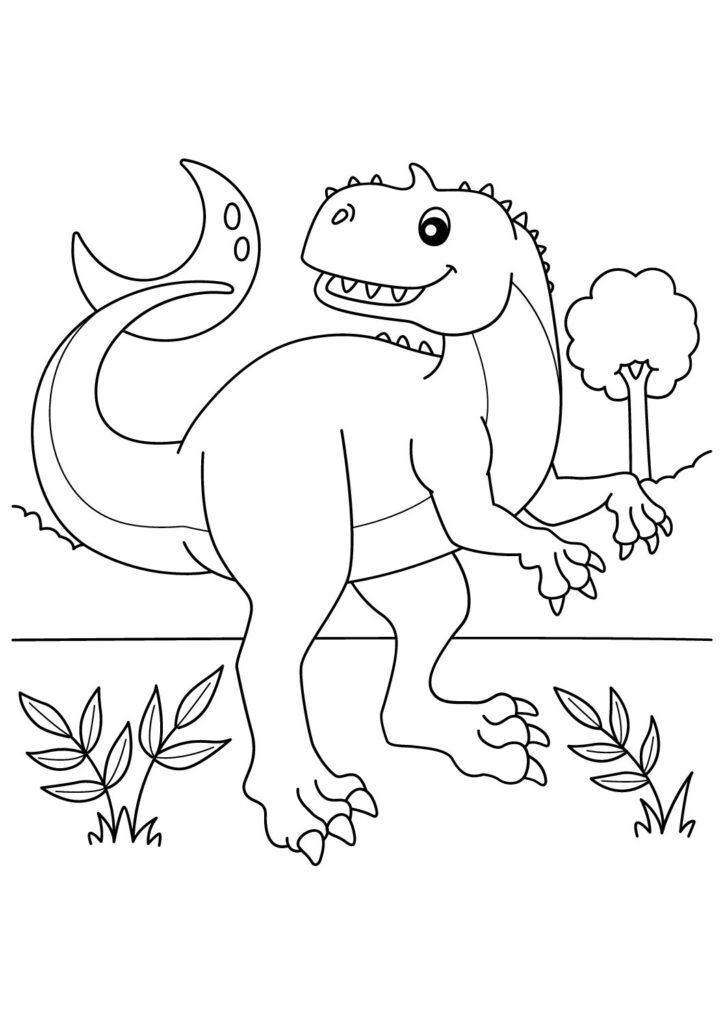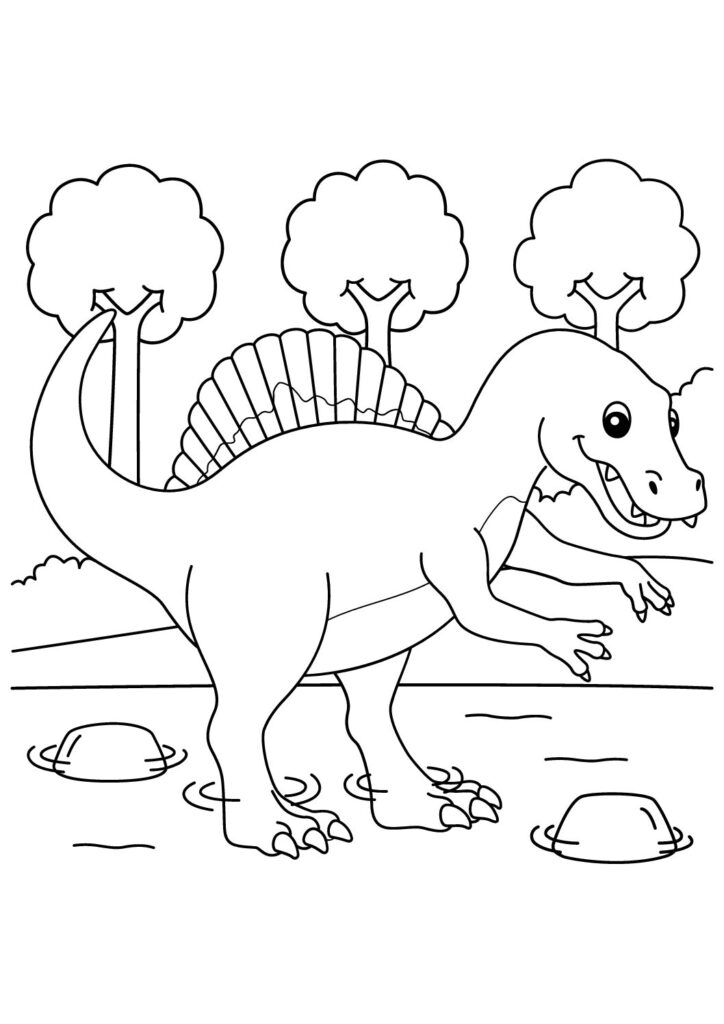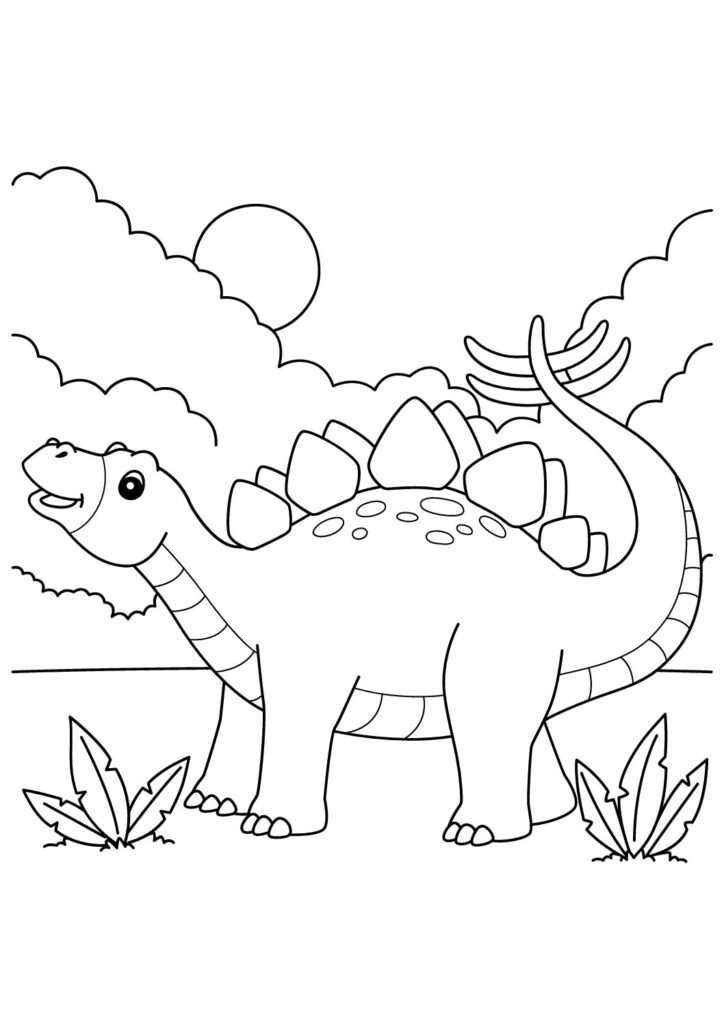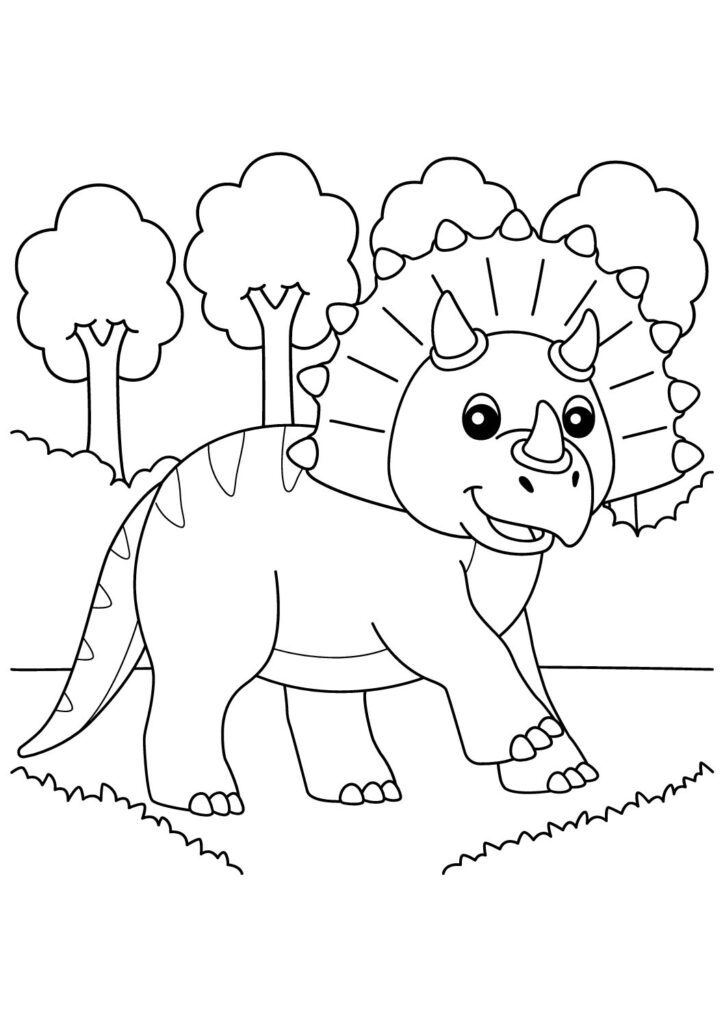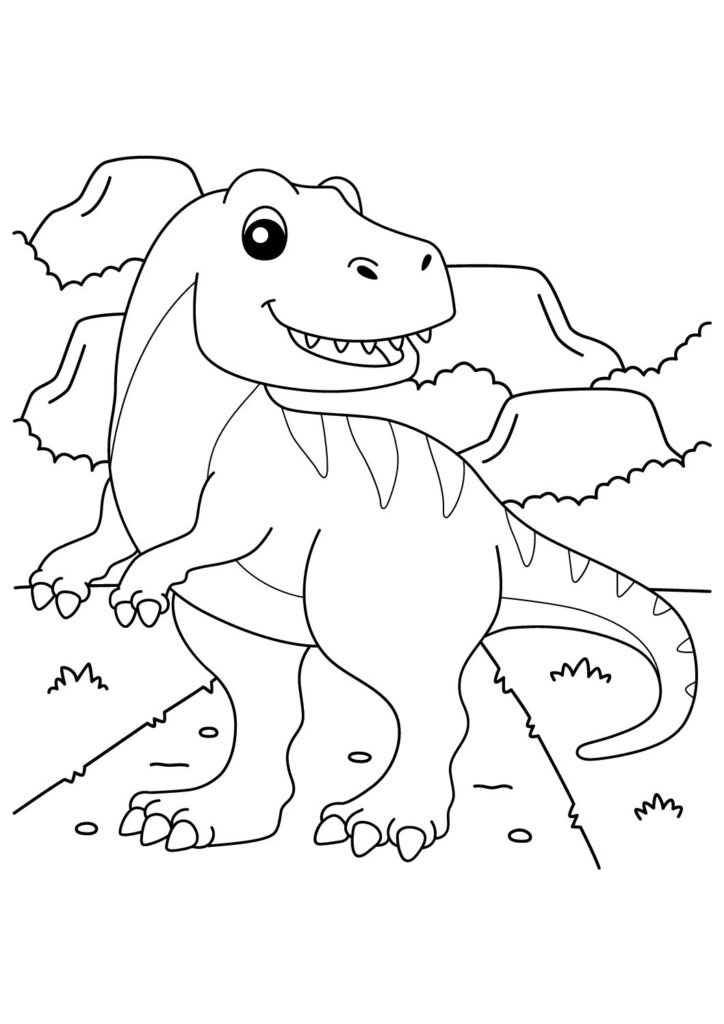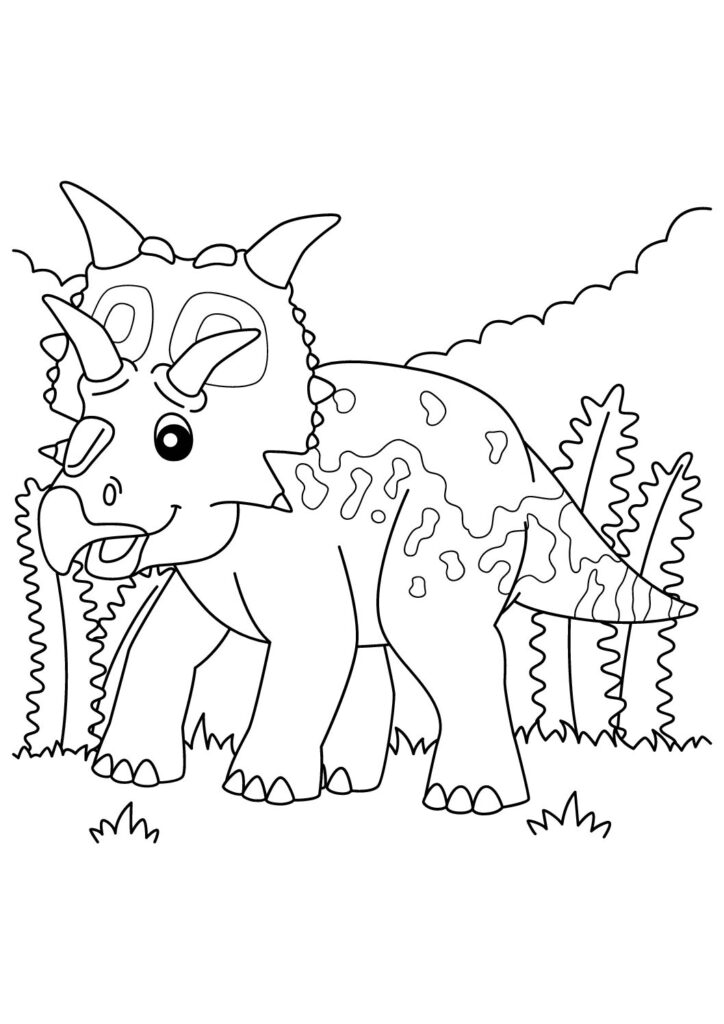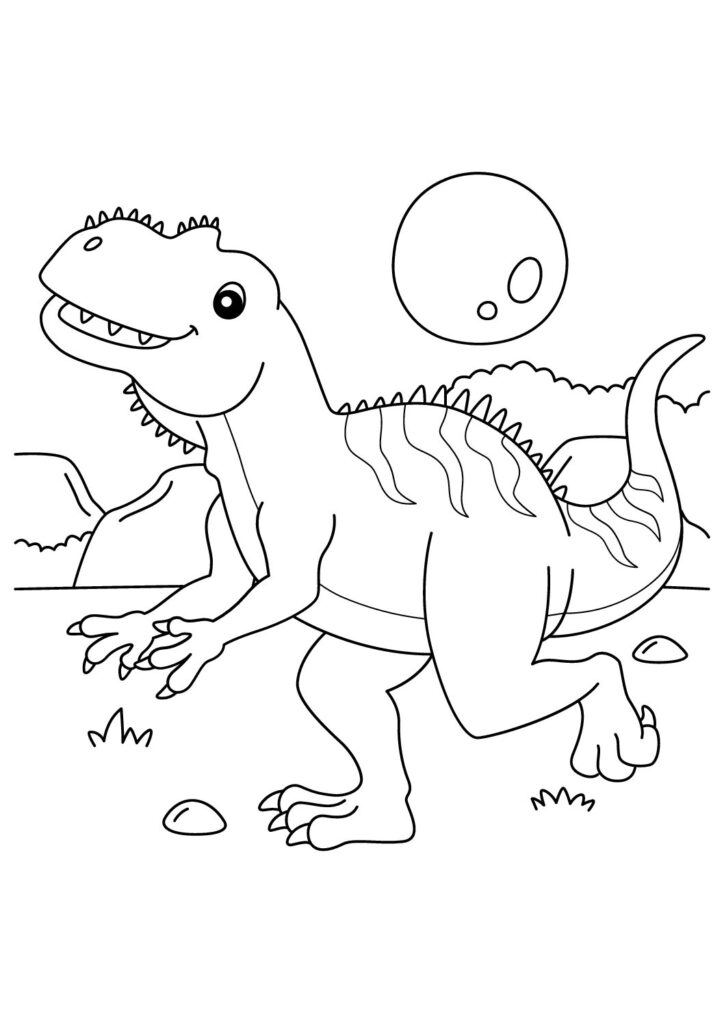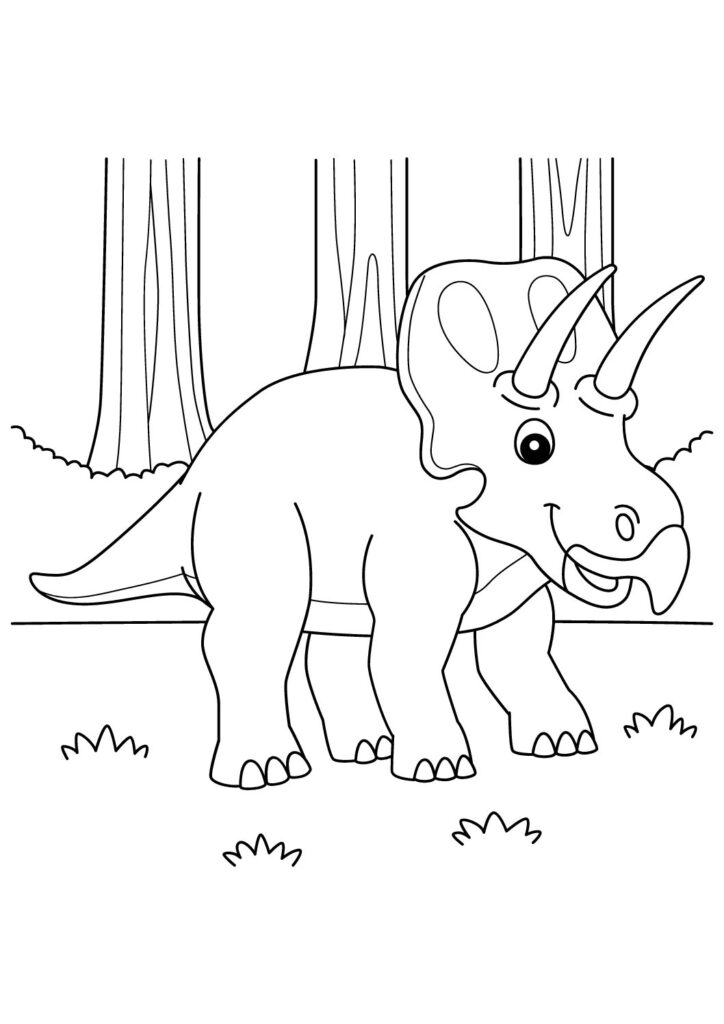1 Free Velociraptor Coloring Pages for Download (Printable PDF)

Strike into our free printable collection of Velociraptor coloring pages featuring these swift predators in their dynamic hunting poses! Download these high-quality sheets showcasing these agile dinosaurs with their curved killing claws, feathered arms, and sleek bodies displaying their incredible speed and precision. Perfect for kids and dinosaur enthusiasts, these detailed prehistoric coloring pages capture the cunning nature of these pack-hunting creatures known for their intelligence and deadly hunting skills. Each printable sheet brings these amazing Late Cretaceous hunters to life, highlighting their razor-sharp claws, fierce eyes, and streamlined predatory postures!
Fascinating Velociraptor Facts: The Complete Guide to History's Most Misunderstood Raptor
Introduction
Velociraptor mongoliensis represents one of paleontology’s most famous yet frequently misrepresented dinosaurs, hunting across the arid environments of what is now Mongolia during the Late Cretaceous period approximately 75-71 million years ago. This remarkable dromaeosaurid—whose name means “swift thief”—has been dramatically transformed in the public imagination by film portrayals that bear little resemblance to the turkey-sized, fully-feathered predator that fossil evidence reveals was among the most bird-like dinosaurs to ever live.
Actual Size Reality
Despite their portrayal as human-sized hunters in popular films, actual Velociraptor fossils reveal a much smaller animal measuring approximately 6.8 feet in length (including the long tail), standing just 1.6 feet tall at the hip, and weighing only 33-43 pounds—roughly comparable to a modern turkey or coyote. This dramatic size discrepancy occurred because filmmakers significantly scaled up Velociraptor, essentially creating a fictional animal more closely resembling its larger relative Deinonychus while retaining the more dramatic-sounding name.
Feathered Appearance
Contrary to scaly film depictions, multiple Velociraptor specimens preserve clear evidence of feather attachment quill knobs along the forearm, confirming they possessed well-developed pennaceous feathers similar to modern birds. Scientific reconstructions indicate they were fully covered in feathers, including wing-like arrangements on their arms and long tail feathers, making their actual appearance much more bird-like than reptilian and likely resembling a flightless, toothed hawk with a long, stiffened tail.
Famous Fossil Combat
One of paleontology’s most dramatic fossils—known as the “fighting dinosaurs”—captures a Velociraptor locked in combat with a Protoceratops, with both animals apparently killed instantly, possibly by a collapsing sand dune. This extraordinary specimen shows the Velociraptor’s foot claw embedded in the Protoceratops’s neck while the herbivore’s beak clamps down on the predator’s arm, providing rare direct evidence of predator-prey interaction and confirming that Velociraptor actively used its sickle claw as a weapon against prey substantially larger than itself.
Hunting Intelligence
Velociraptor possessed one of the highest brain-to-body size ratios among dinosaurs, with an encephalization quotient approaching some modern birds of prey. CT scans of their brain cases reveal expanded areas associated with complex behaviors, sensory processing, and coordination, suggesting they were among the most intelligent dinosaurs with cognitive capabilities potentially similar to modern birds and primitive mammals, capable of complex hunting strategies and possibly coordinated pack behavior.
Claw Function Reality
The infamous sickle-shaped claws on each second toe—reaching lengths of approximately 2.6 inches—functioned differently than often portrayed in media. Rather than slashing open prey with disemboweling cuts, biomechanical analysis suggests they were specialized puncturing tools designed to deliver deep, precision strikes to restrained prey. Modern reconstructions suggest Velociraptor leapt onto prey, pinning it down with its body weight while driving these specialized claws into vital areas like the neck or abdomen.
Evolutionary Significance
Velociraptor represents a crucial evolutionary link in understanding the dinosaur-bird transition, with numerous characteristics including hollow bones, a wishbone (furcula), brooding behavior, and fully developed feathers that clearly connect them to modern avian lineages. Their study has been instrumental in establishing the now widely accepted understanding that birds are effectively living dinosaurs—the last survivors of a lineage that evolved flight and continues to thrive today as the approximately 10,000 species of modern birds.
